
By the late 1930s, Harlem was a bustling cultural center, home to two thirds of New York City’s African-American population. The Harlem Renaissance, a robust period of literary and artistic expression, had helped put the neighborhood on the map, and a walk through its streets revealed stately houses of worship like the Abyssinian Baptist Church, a thriving music scene centered around the newly-minted Apollo Theater and esteemed institutions like the Amsterdam News.
But as much as energy poured from behind those establishments’ doors, life was just as vibrant, if not more so, on the streets directly outside them—and that is exactly where LIFE’s Hansel Mieth took her camera while on assignment for the magazine in 1938. Mieth, whose photos of the neighborhood mostly ended up on the cutting-room floor for a sweeping story called “Negroes,” photographed boys watching grown men play checkers while women watched from second-floor windows. She trained her lens on moments both quiet and kinetic—women examining a fruit seller’s wares on the sidewalk, children marching in stride in local parades—to capture the spirit of a place in time.
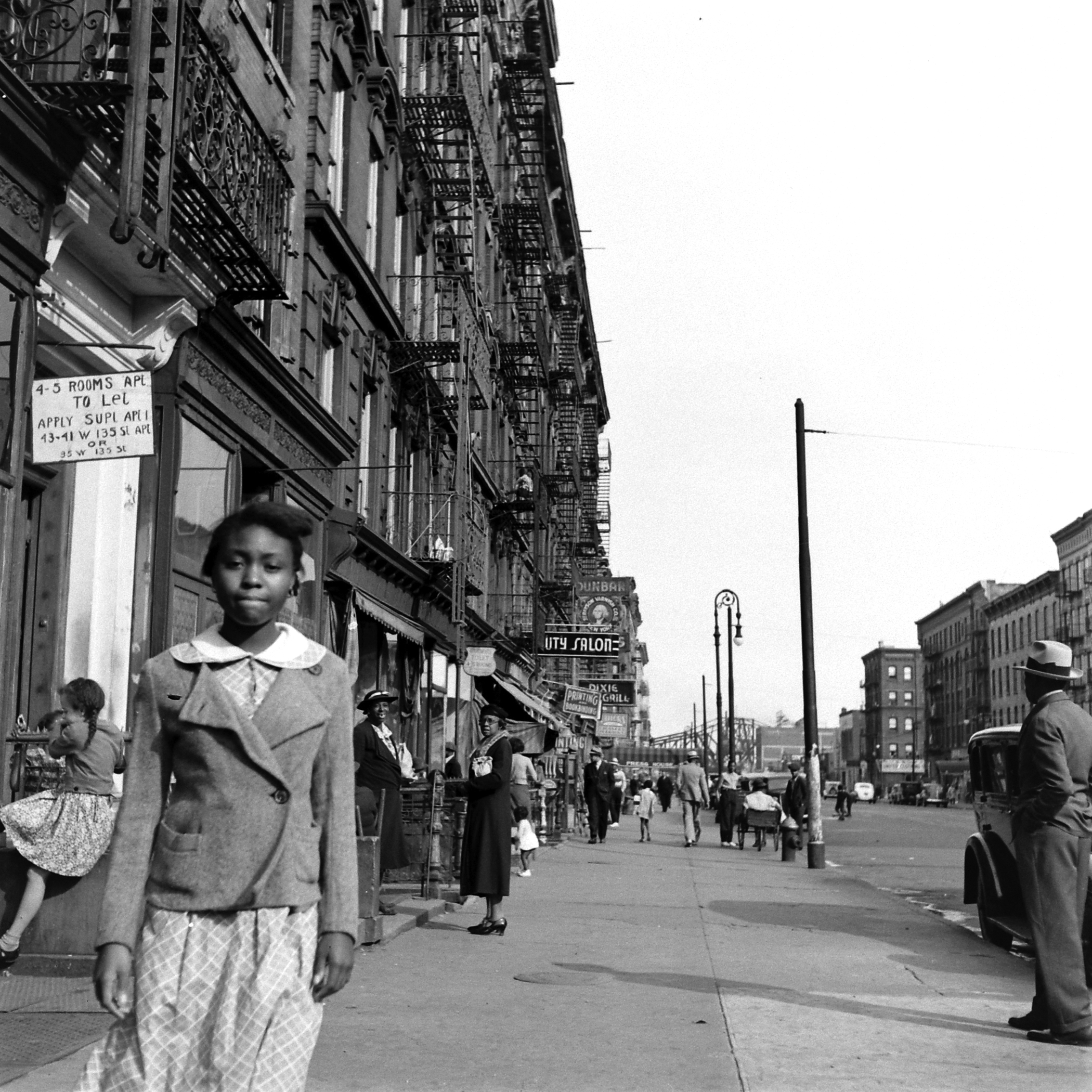


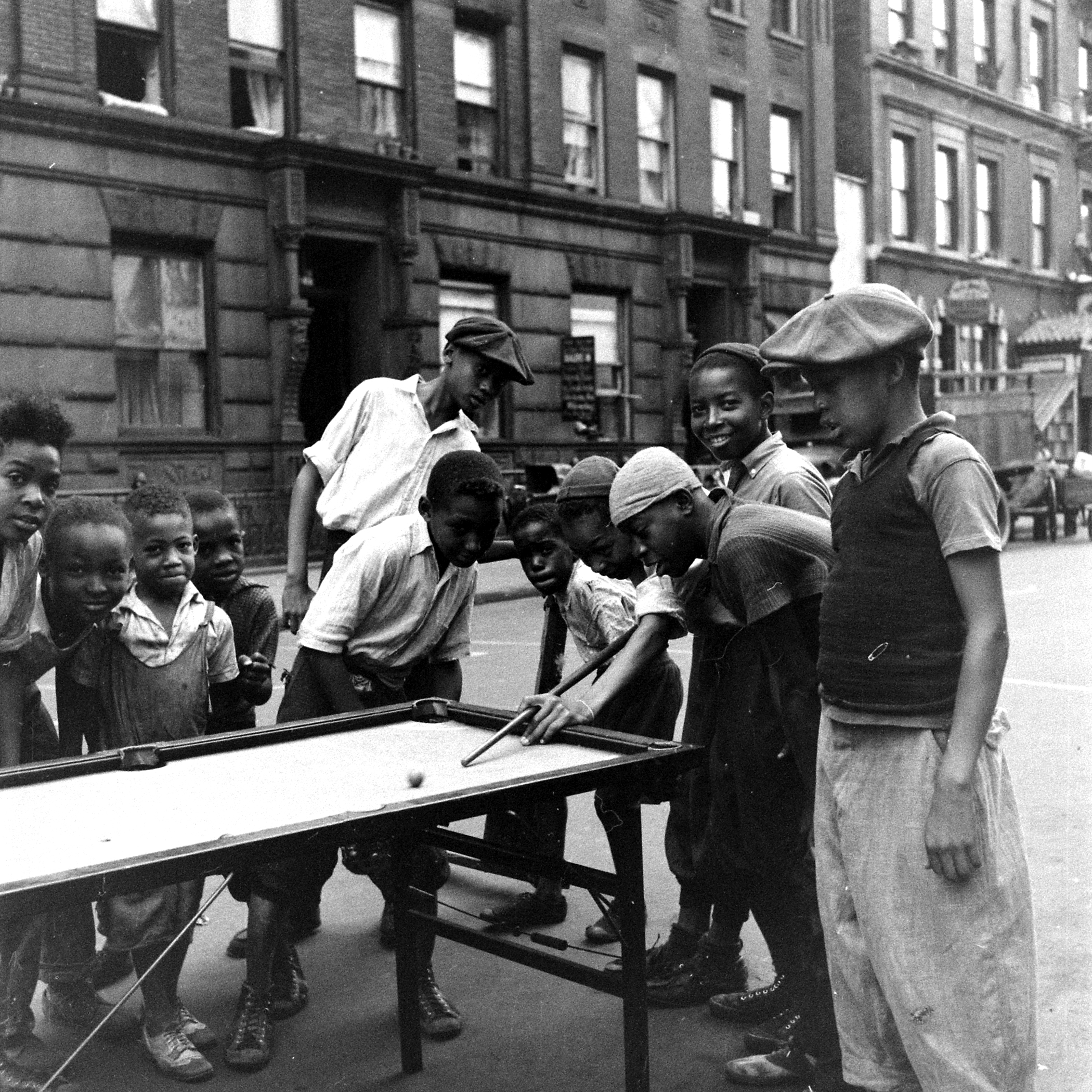
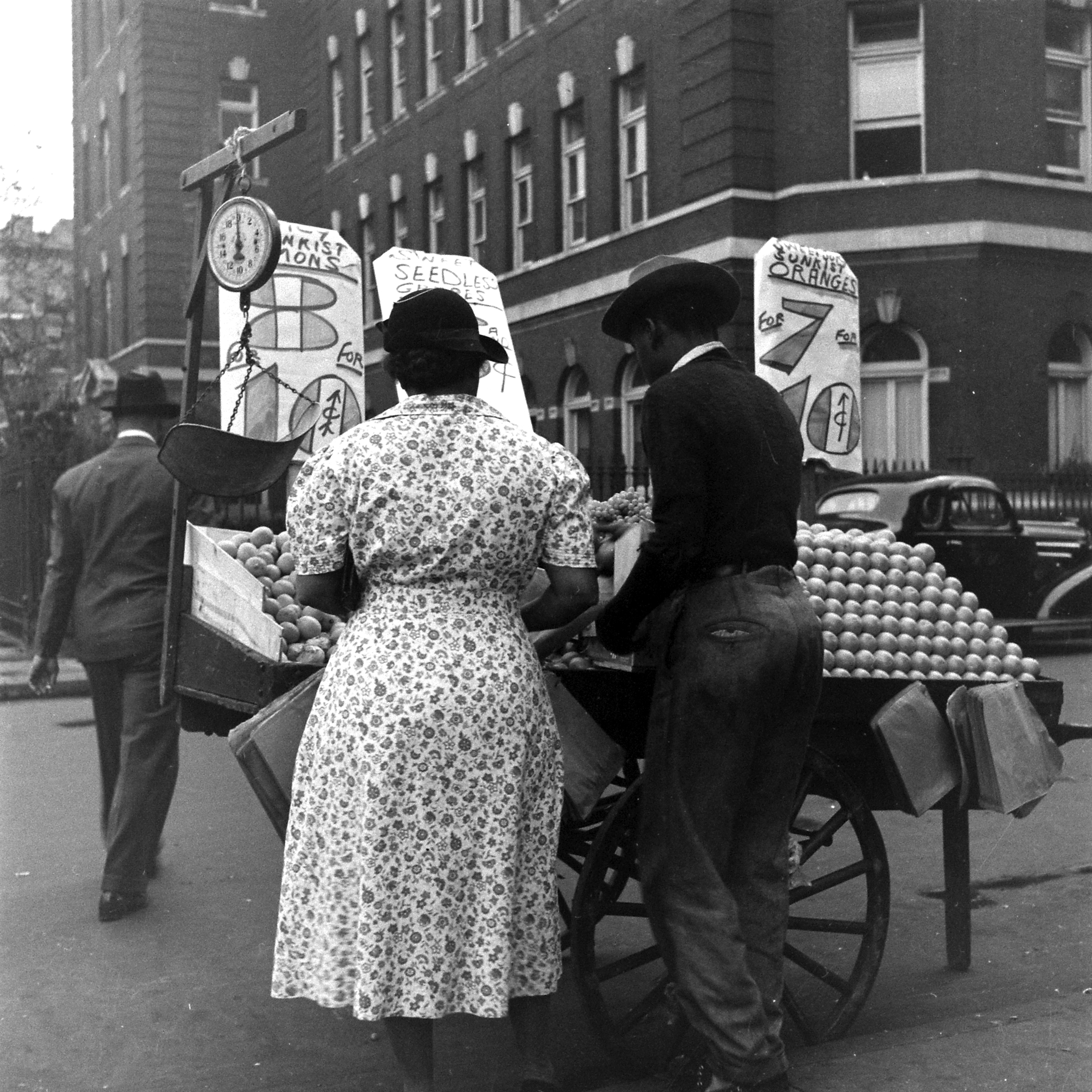
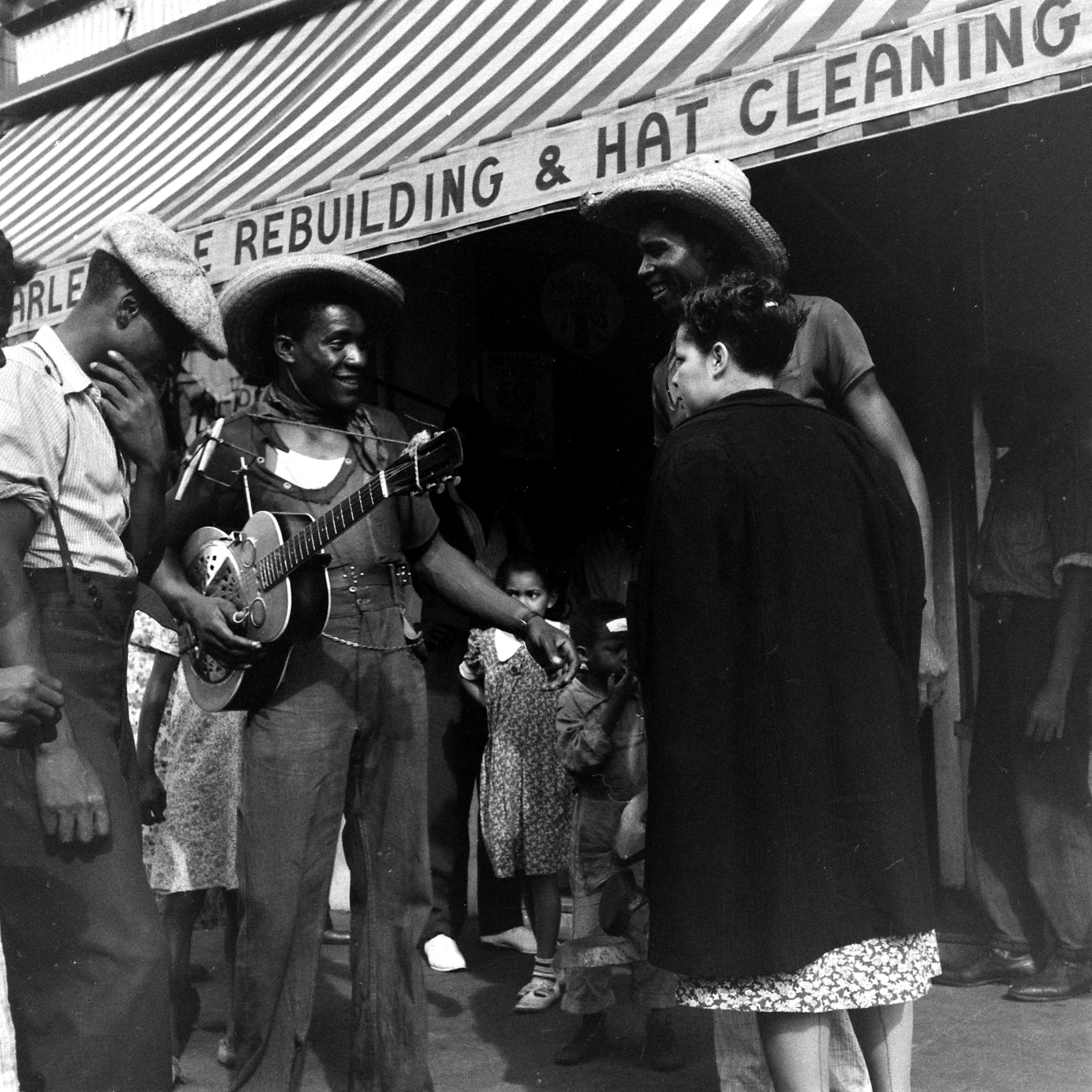

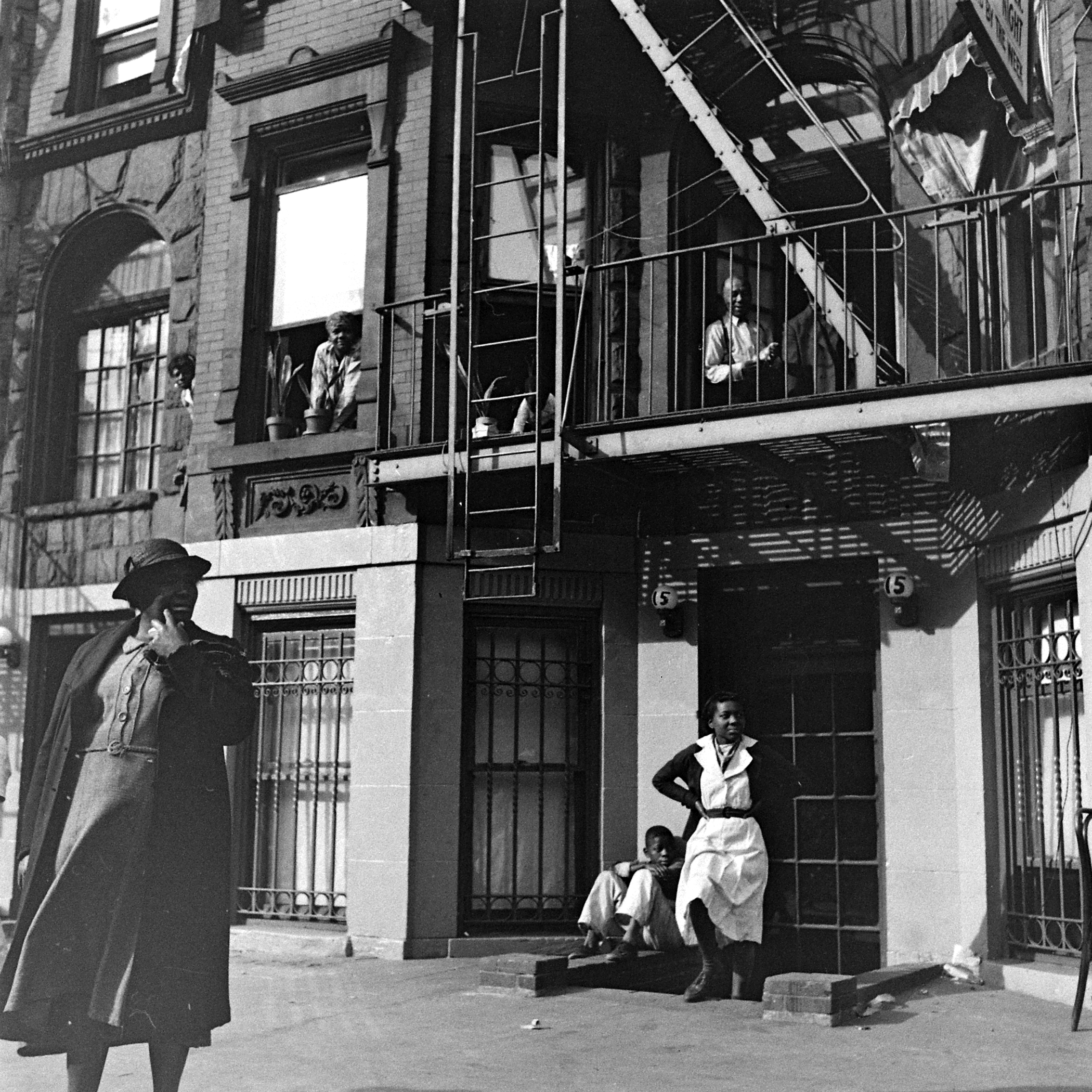


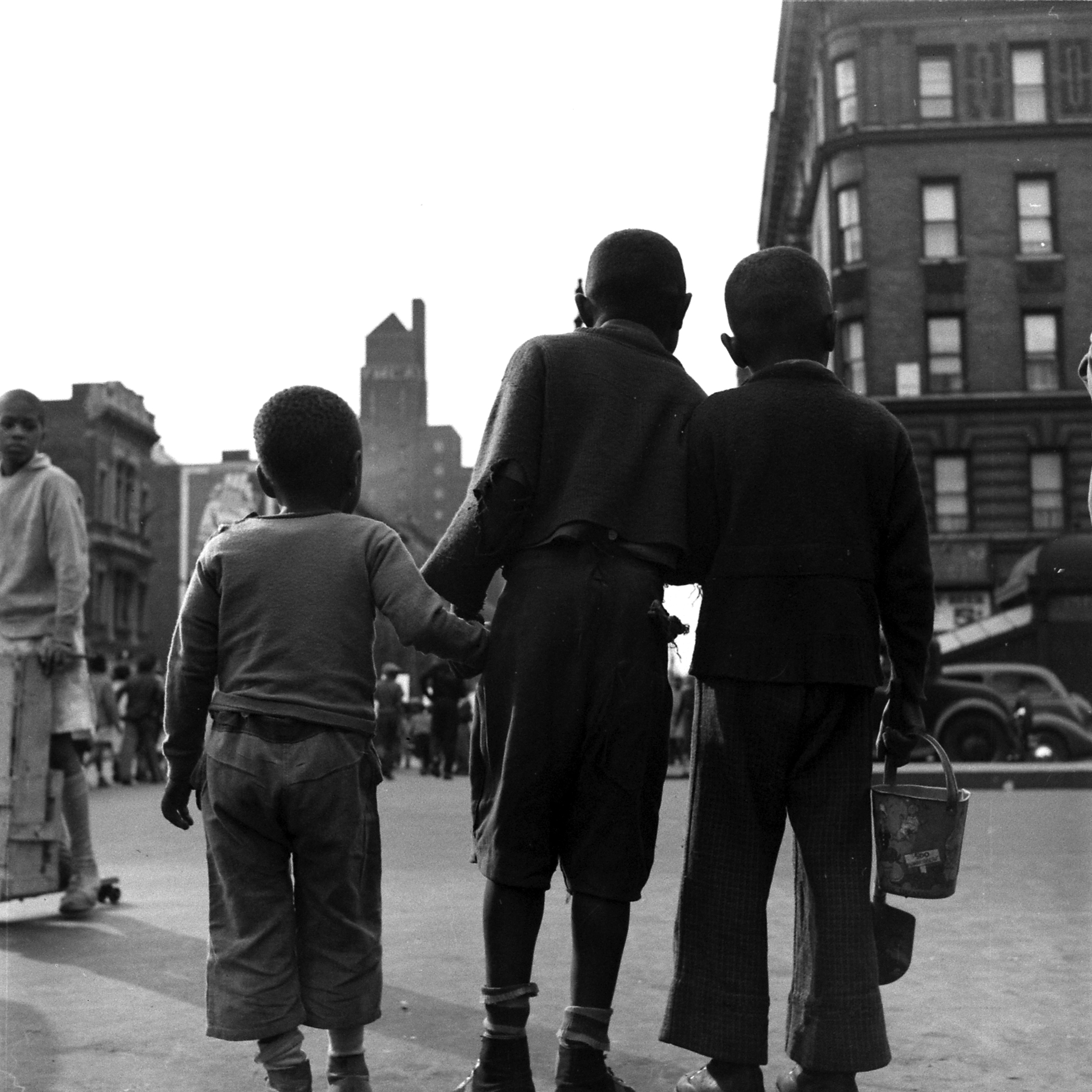
More Must-Reads from TIME
- Where Trump 2.0 Will Differ From 1.0
- How Elon Musk Became a Kingmaker
- The Power—And Limits—of Peer Support
- The 100 Must-Read Books of 2024
- Column: If Optimism Feels Ridiculous Now, Try Hope
- The Future of Climate Action Is Trade Policy
- FX’s Say Nothing Is the Must-Watch Political Thriller of 2024
- Merle Bombardieri Is Helping People Make the Baby Decision
Write to Eliza Berman at eliza.berman@time.com